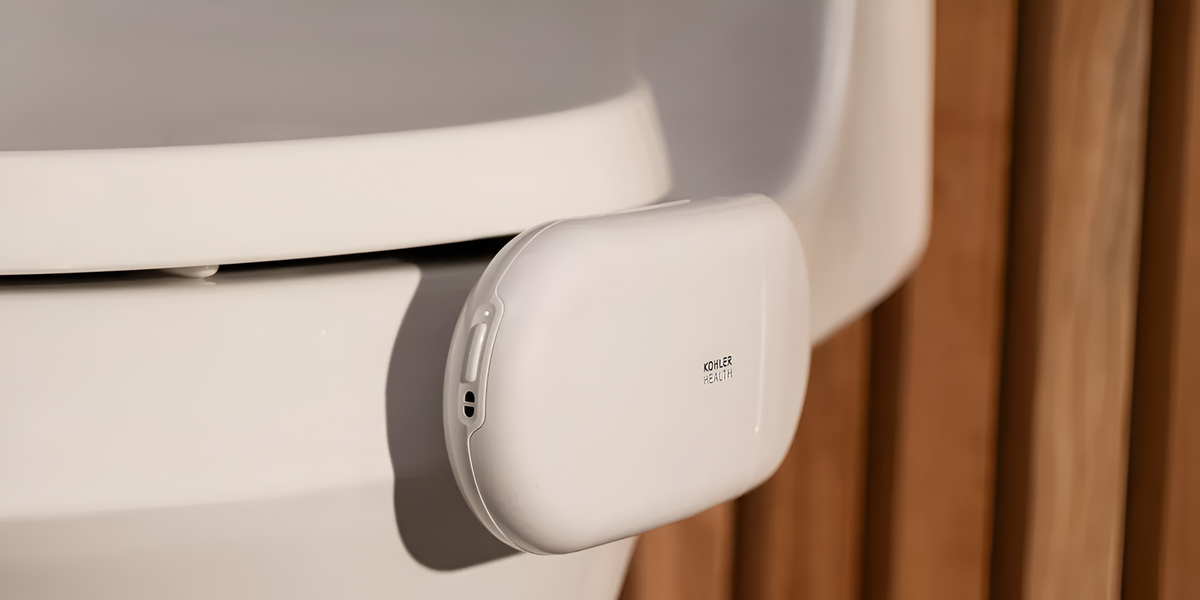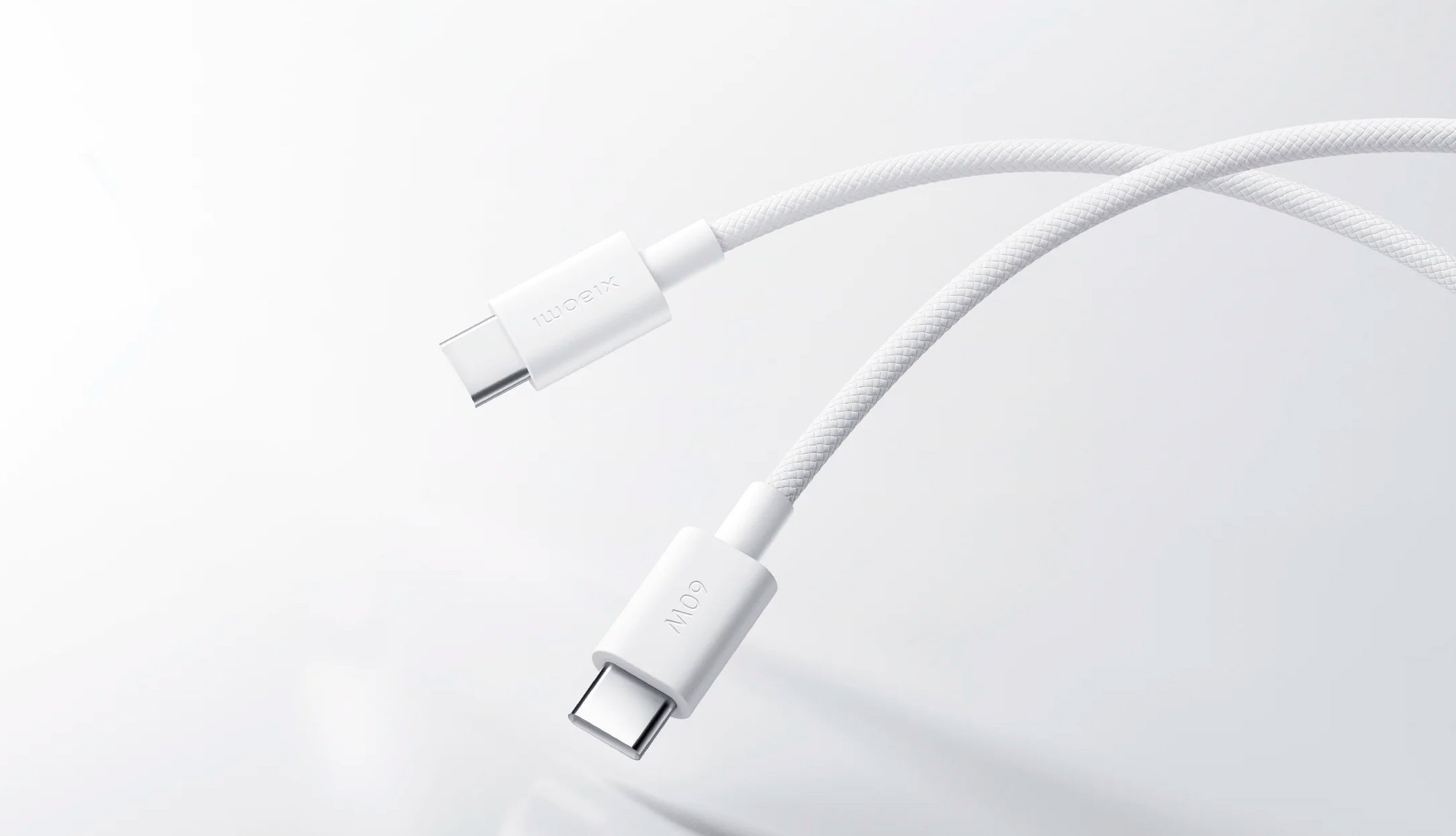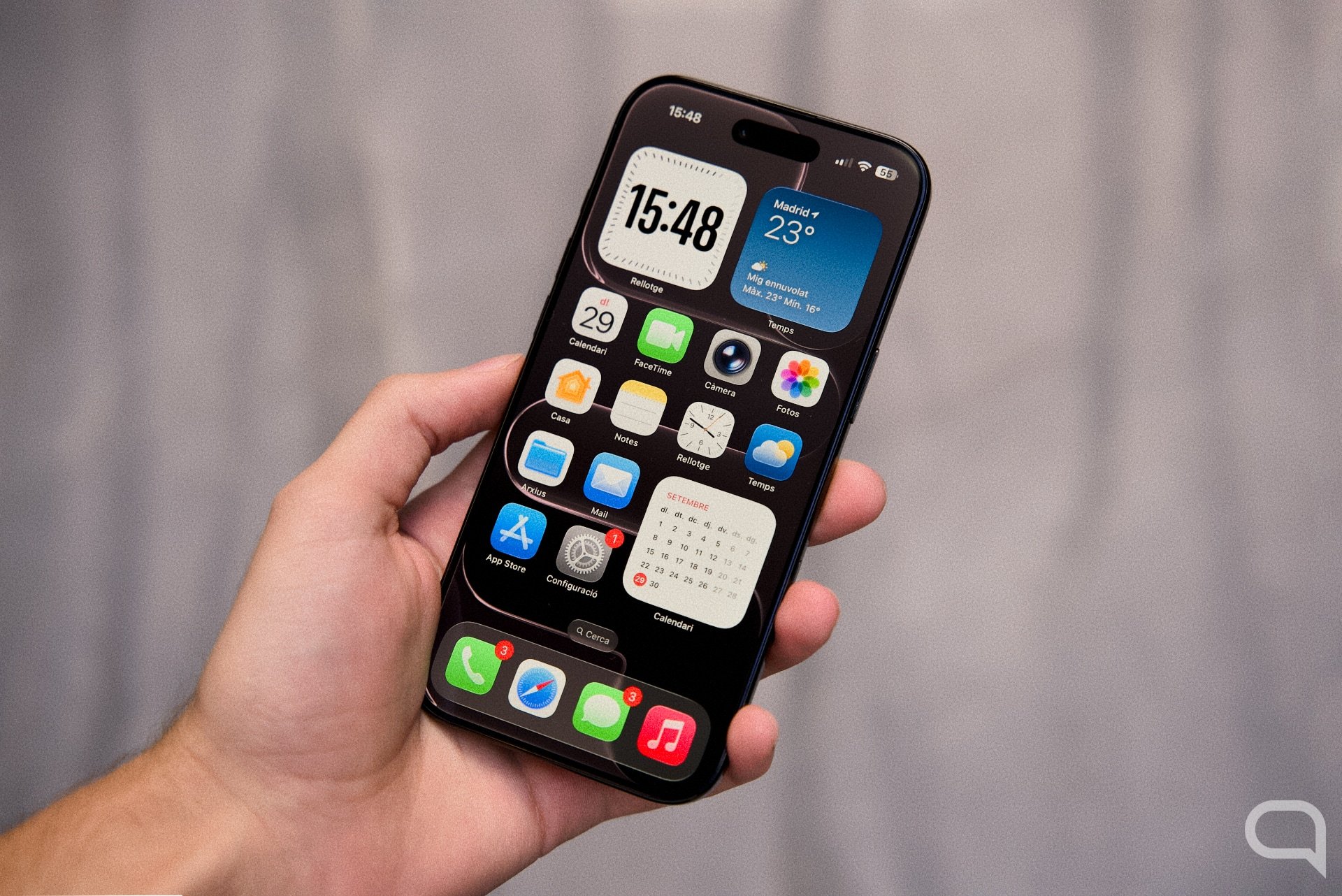Vivo wants to continue to be one of the kings of photography and continue to improve what, in my experience, is one of the best camera phones on the market: the Vivo X90 Pro. For this, the company announced its predecessor in the Asian market, it Vivo X100 Pro, a smartphone with an updated design, a more advanced processor, improved charging and battery, and a more advanced camera. IN Hypertext We went to China to test it ourselves and see if this model could become one of the candidates for the title of best smartphone of the year.
To achieve this, Vivo continues to focus on one key feature: the camera. This is the main plus of the Vivo X100 Pro, but speaking from a personal point of view, This is not the first thing that attracts my attention about this smartphone. Yes, its design makes that difference. Vivo X100 Pro supports the same lineup as X90 Pro; with a curved screen, shiny frames that are slightly rounded at the edges and flat at the top and bottom, and a back panel that stands out with different finishes. But again, it’s been updated a bit.
The camera module, which remained rounded, is now located in the center. It is slightly larger than its predecessor, but much thinner. At least that’s the feeling it gives. In fact, the Vivo X100 Pro doesn’t feel heavy in the hand, but it doesn’t feel very thick either. However, due to the screen, it is a large mobile phone.
In particular, Vivo X100 Pro is equipped 6.7-inch OLED panel with QHD+ resolution. (2800 x 1260 pixels), as well as an adaptive refresh rate of up to 120 Hz and a maximum brightness of 3000 nits. This is a screen that doesn’t disappoint: sharp, with good contrast and more than adequate brightness levels. The Vivo, however, retains the dual curvature, which while providing an aesthetic addition, is a bit of a hindrance to viewing.
Vivo continues to trust MediaTek
Apart from the design, Vivo has also updated the processor of the X100 Pro. The company continues to rely on MediaTek to complement the Vivo V3 chip, which is aimed at improving the photography part, among other things.
Model of the new SoC Dimension 9300, as well as 16 GB of RAM and 512 GB of internal memory. It’s too early to draw conclusions, but overall the smartphone moves quite smoothly. However, the processor lags slightly behind other chips aimed at high-end smartphones, such as the recently announced third-generation Snapdragon 8.
In terms of battery, the Vivo X100 Pro has one of 5400 mAh which stands out for its fast wired and wireless charging with a power of 120 W; power 100 W. The battery also uses graphite anode technology, which increases energy density by 8.3%, according to the company.
This is the Vivo X100 Pro camera.

Let’s move on to the Vivo X100 Pro’s main asset: its camera. The company continues to focus on a configuration that will never let you down. The smartphone has The main sensor is 50 megapixels, the size of which in this case is 1 inch., which allows you to capture more light compared to other smaller sensors. It also includes a 50-megapixel ultra-wide-angle camera, as well as a 50-megapixel telephoto camera, which is a significant improvement over its predecessor.
The telephoto lens, in particular, is capable of taking photographs with 4x optical zoomand also with digital zoom up to 100X. This is a significant jump over the Vivo X90 Pro, whose telephoto lens only achieves 3x zoom in optical format and up to 40x in digital. The Vivo X100 Pro’s telephoto lens can also capture macro shots.
Vivo also continues to collaborate with Zeiss, which does more than just design physical components such as the glass of the camera module. Zeiss, actually present in Vivo X100 Pro via software, such as photo and portrait style modes, which make the camera significantly more versatile than other smartphones. For example, the X100 Pro includes a portrait mode called Zeiss B-Speed Style Bokeh, which creates a sort of blur similar to what you got with cameras from the 1970s. There is also a sunset mode.
In addition to the Zeiss collaboration, the Vivo X100 Pro camera has Vivo V3 chipwhich is capable of improving sections such as video, allowing, for example, a cinema mode in 4K resolution.
Does it measure up to the best?

There is no doubt that Vivo X100 Pro It has the potential to become one of the best phones next year. At least one of the most complete. The brand’s new mobile phone is also an unexpected competitor to two of the most advanced mobile phones at the moment: the Galaxy S23 Ultra and the iPhone 15 Pro Max. The firm is finally taking the step towards 100x, something that manufacturers such as Samsung or Huawei have long had.
It also improves on some of its predecessor’s most notable features, such as the battery, which uses technology that improves its efficiency without sacrificing charging power, which remains at 120W. Its design has also improved significantly; with a less ostentatious finish and a photographic module that, although it continues to surprise with its dimensions, its bulge is no longer intimidating, as it was with the Vivo X90 Pro.
Alive, yes, he must prepare for tough competition. What awaits you next year. On the one hand, Xiaomi with its recently announced Xiaomi 14. On the other, Samsung, which has everything indicating that it will announce the Galaxy S24 at the beginning of the year. At the moment, we repeat, it already manages to compete with Apple with its iPhone 15 Pro Max and Samsung with what continues to be its flagship: the Galaxy S23 Ultra.
The fact that Vivo will have stiff competition next year, although it may not seem like it, is a good thing; the company has finally reached the level of major manufacturers. Although it has a drawback: no matter how much better its camera is than, for example, the next Samsung mobile, or how much improved its design is, or how good its battery is, it is not a well-known brand in Spain and does not inspire that much trust , like brands like Xiaomi. We’ll also have to wait to find out the price in Europe, about which we don’t have details yet.
Source: Hiper Textual
I’m Ben Stock, a highly experienced and passionate journalist with a career in the news industry spanning more than 10 years. I specialize in writing content for websites, including researching and interviewing sources to produce engaging articles. My current role is as an author at Gadget Onus, where I mainly cover the mobile section.













